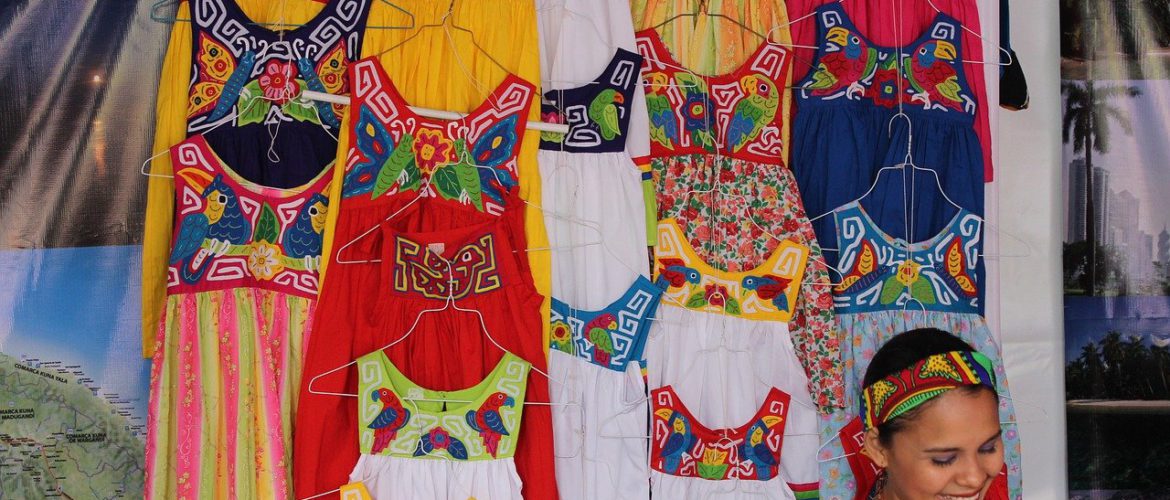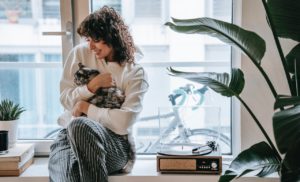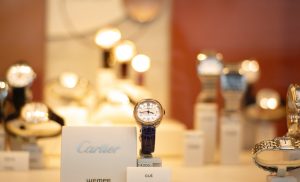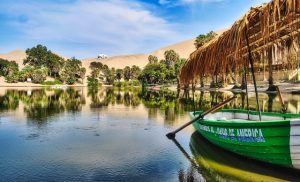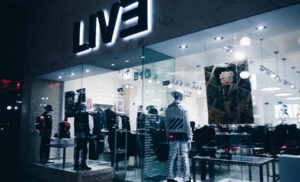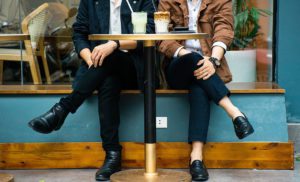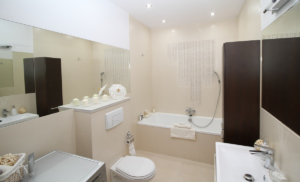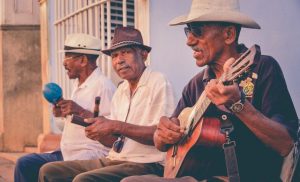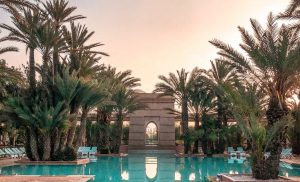Fashion was a way for me to understand and be proud of my cultural identity because it was repressed in my father’s upbringing. Now, this is changing: today, local fashion design is shaped by indigenous people at all levels. From Country to Couture showcased how the success of the textile design movement in remote Indigenous communities influenced high-end fashion in Australia. But it also marked a new path forward, based on public relations, for local fashion design.
It was indebted to the designs of the indigenous peoples, with whom they collaborated or, as some would say, exploited them. Since the 1960s, the Australian Government has encouraged Indigenous peoples to create and sell their own designs of fabrics, T-shirts, and jewelry in order to achieve self-sufficiency. Since the 1980s, some professionals have become full-fledged designers, such as Bronwyn Bancroft, Lenore Dembski, and Robin Coghlan, the first Indigenous designer to introduce a ready-to-wear line at the Australian Mercedes Fashion Week in 2003. hero designers, many of whom are male in Western society.
From across Australia, a host of multidisciplinary Indigenous designers are changing the way we view Australian fashion, creating clothes that honor their roots and country. Luxurious resort wear featuring contemporary Australian artists.
First non-anthropological description of Indigenous Australian clothing. The first comprehensive text on women’s clothing and the fashion industry in the twentieth century in Australia, including a story about local designers. Australian Indigenous fashion and textile designers have been creating sustainable fashion since time immemorial. Indigenous Australians have been influential in modern Australian clothing since first contact.
Traditional Dress Part of the general set of assumptions that have characterized the way history has been taught in Australian schools since the arrival of Europeans is the idea that early Australian peoples did not traditionally wear clothes. Later, when the first Australians were expropriated from their lands and concentrated on reserves and missions, they were forced to dress from shapeless “mother” dresses for women to shabby but respectable woolen two-piece suits for women and men. When the natives were dispossessed of their land, the making and use of cloaks became rarer.
In addition, white missionaries and others were very effective in distributing clothing and blankets to the Aboriginal communities, which led to the disappearance of the possum skin cloak tradition within a few generations. However, the most common clothing was a possum skin carpet; in winter, Victorian men, who only wore aprons in summer, wore a kangaroo-skin rug that also sheltered the women in case of rain. The hair on the side was wrapped inward in a single layer and worn close to the body.
Old clothes are kept and worn while another set is repaired or softened. Since most of the work is done by women in the household, they are often involved in the hard and physical labor of making and caring for clothes.
In South Australia, women wore large, mat-like cloaks on their backs, from which their children peeked out when they were small. In South Queensland, Lumholtz records that they had some sort of bark cloak, and Eyre discovered that they used seaweed as clothing on the south coast. The natives of Victoria and the South generally had more clothing.
Another important piece of clothing for the Métis was the traditional sash, a colorful piece of clothing that could be used for a wide variety of purposes. The color used to make the headband was highly symbolic and each stripe represented the
quality or purpose of the person who wore it. Mestizo men wore traditional fur clothes made of tanned deer or elk skin.
In the early 2000s, most indigenous people wear Western-style clothing, although regional patterns of T-shirts, dresses, and scarves are evident in outlying areas. Indigenous clothing, many of whom are disadvantaged and live far from cities, with limited ability to buy new clothes, further complicates the overall picture of what people have worn and are wearing in Australia. In a work not intended to give a complete picture of the material culture of the Australians, it may seem redundant to have a chapter on clothing, as in many tribes it is difficult to say that clothing exists; where there is something of nature, it is not always what should be called clothing.
On these occasions a sash or cord is also worn, and is very common in other parts of Australia; men usually wear it all the time; it is made of human hair, sometimes opossum hair, and is sometimes said to be three hundred yards in length; the short one, measured by Dr. Roth, was twenty-six yards long. It is made of paperbark and a strand of human hair and decorated with emu and ochre feathers.
The brand claims to produce merchandise that celebrates Aboriginal people and their culture, with the goal of encouraging all people to wear their values on the shirt. Clothing The Gap brings non-Indigenous and Aboriginal people together through fashion and causes, one of which is helping to bridge the gap.
Recently Clothing The Gap became the first Aboriginal-owned company to have an Australian production facility certified by Ethical Clothing Australia. Most of the leading brands offering exclusive Aboriginal fashion in Australia have their own online store. For Australians with Aboriginal heritage, the task of doing so is made simple as some of Australia’s leading fashion brands offer the best Aboriginal clothing. From brands supporting Aboriginal Australians living in remote areas to aboriginal accessories artists who are politically active through the ears of their customers (literally), these are some of the best Aboriginal-owned fashion brands in the country.
In addition to men and women, they also offer Aboriginal children’s clothing and Aboriginal children’s clothing in Australia. They also offer a range of Australian Aboriginal women’s clothing. Their fabric has also been designed by local artists, allowing the Australian community to connect with local artists that NORTH collaborates with.
Collins’ work creates cultural history within her designs: unique artwork commissioned by Homera is printed on luxurious fabrics and used to create one-of-a-kind pieces of clothing featured on her runways, including in Melbourne, New Zealand, Canada, and New York. York. name a few. His long-term vision (already well underway) is to establish a 100% Aboriginal fashion house owned and operated in Australia.
Making clothes from caribou leather is a complex process that takes a lot of time to perfect. Due to the movement of the arms over the body, the caribou’s clothing usually wore out within a year.
As with most Aboriginal Australian items, there are many uses for one item – raincoats are also used as blankets, mattresses and to wrap babies. The possum skin cloak was a form of clothing worn by the Aboriginal peoples of southeastern Australia – present-day Victoria and New South Wales. The design features a bold combination of geometric patterns typical of Bima.
